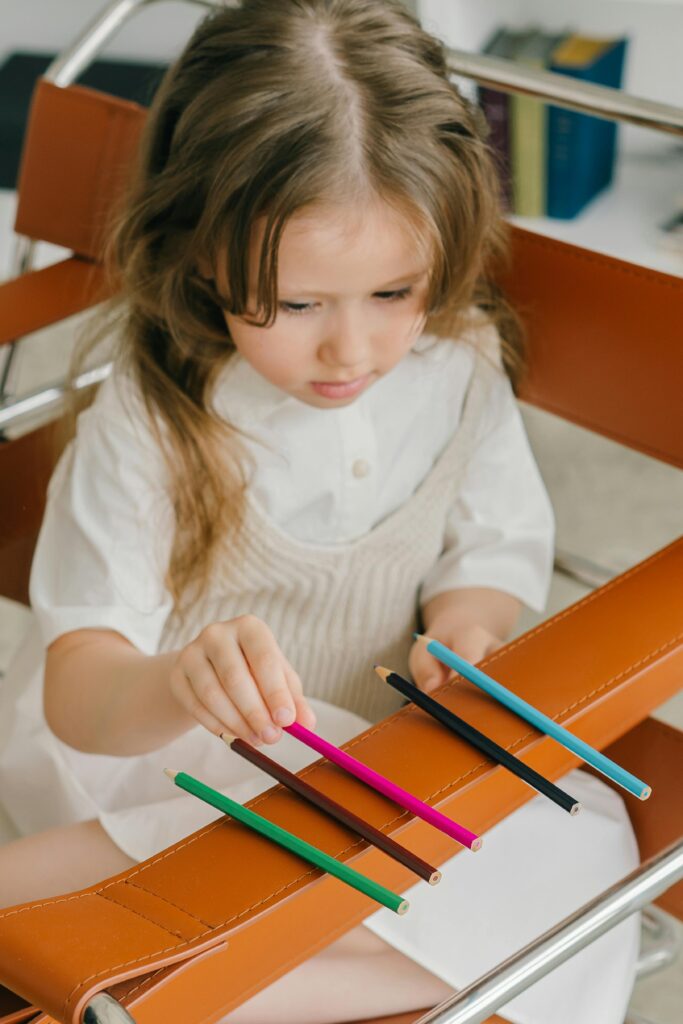In the 1950s two notable pieces of research, John Bowlby and Mary Ainsworth, worked together to study babies, attachment, and separation. They worked with countless parents and caregivers and their infant children. They studied the bond between parent and child but were most fascinated by the child’s bond, or attachment, to the parent. This emotional bond also represents the manner and way in which the infant gets its needs met from the parent. What is most interesting about their studies is the use of separation. In the studies, the infant was left alone briefly and they monitored both the reaction of the infant when the parent left, but also the reaction when the parent returned. This was the most telling indicator of the type of attachment style the infant had with its caregiver. They concluded there are 4 main attachments styles that can develop out of these early interactions. In fact, much of their research suggested that the particular type of attachment was pretty well-formed by the end of the first year of life and was quite enduring thereafter and impact our relationships as adults. Let take a look at the four attachment styles.
Secure Attachment
Nearly 55-60% of children have a secure attachment with their parents. These children are eager to see their parents, are readily comforted by the parent and tend to play and interact regularly with their parents. These children seek comfort from their parents when frightened, prefer the parent to strangers, and greet the return of the parent after separation with positive emotion. As adults, kids with secure attachments tend to have good self-esteem, seek out social support, and have trusting and enduring relationships.
Ambivalent Attachment
Nearly 7-15% of children have an ambivalent attachment. These children are suspicious of strangers, are distressed when separated from parents, but are also not reassured when parents return. They are difficult for the parents to soothe. Research often finds this attachment style with mother’s who are unavailable, and teachers often describe them as clingy and dependent. As adults, kids with ambivalent attachments tend to be reluctant to get close to others, worry that their partner may not love them, and are quite distraught when relationships end.
Avoidant Attachment
Close to 17-20% of children have an avoidant attachment style. These children often avoid their parents, do not often seek out comfort or physical contact with the parents, and have little or no preference for their parent over a stranger. As adults, kids with an avoidant attachment style struggle to express thoughts and feelings in relationships, often have trouble with intimacy, and invest little emotion into relationships.
Disorganized Attachment
This is the least common type of attachment and only represents about 4-7% of children. This type of attachment often results in a mix of behaviors from the child, they may often seem dazed or confused in situations. This attachment style often evolves from inconsistent parenting and messages. Often parents may react with both fear and reassurance to children’s needs which results in confusion to the children.
If you want to examine your attachment styles in your relationships in individual therapy, feel free to contact IPC so you can schedule a consultation with one of our psychologists so we can help discuss treatment options. Please call us now at 763-416-4167, or request an appointment on our website: WWW.IPC-MN.COM so we can sit down with you and complete a thorough assessment and help you develop a plan of action that will work for you. Life is too short to be unhappy. Find the peace of mind you deserve.
To get more great resources, sign up for our newsletter, like us on Face Book, or follow us on Twitter.
Innovative Psychological Consultants
Peace of Mind You Deserve
Schedule An Appointment
"*" indicates required fields


